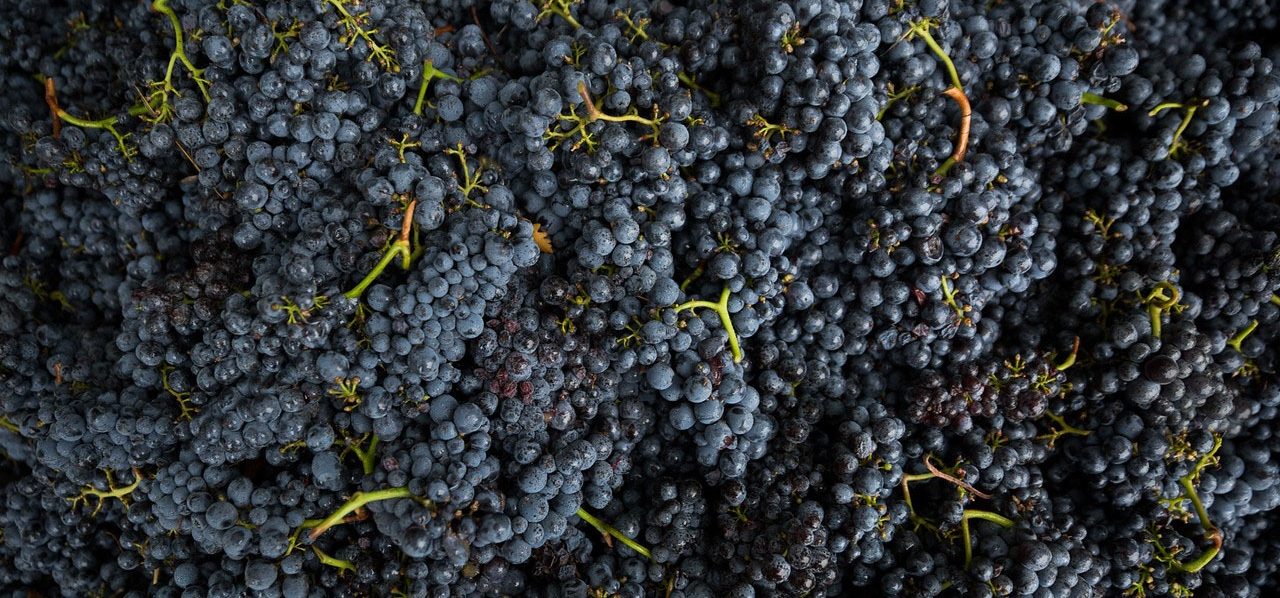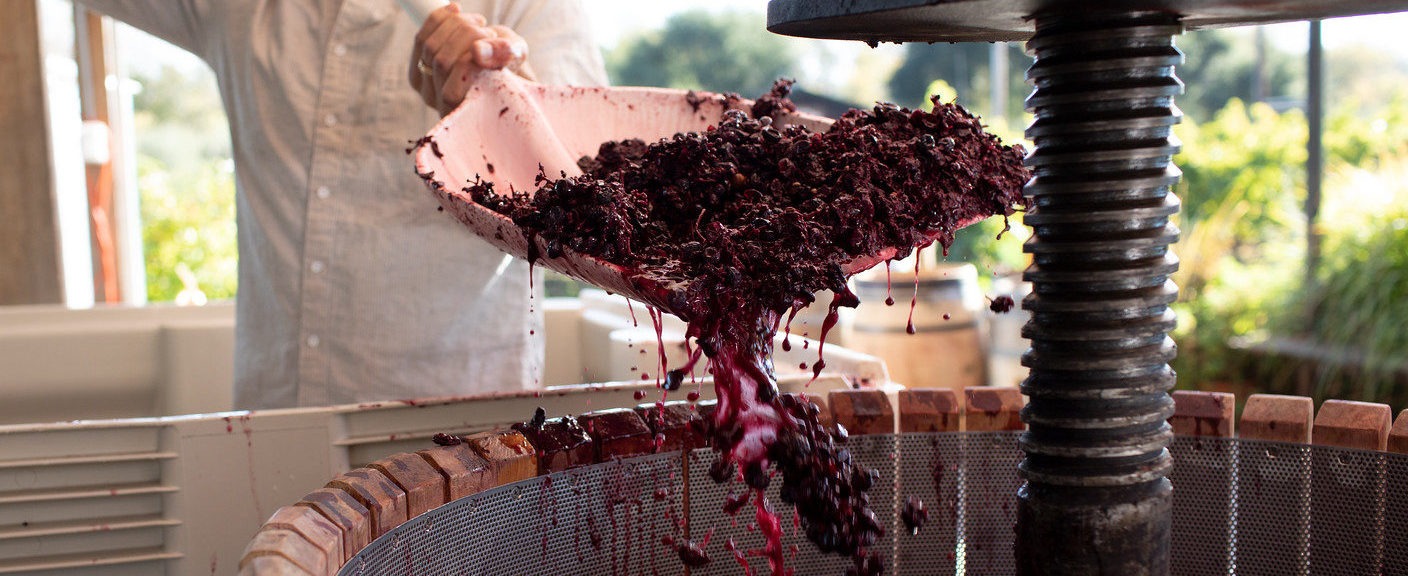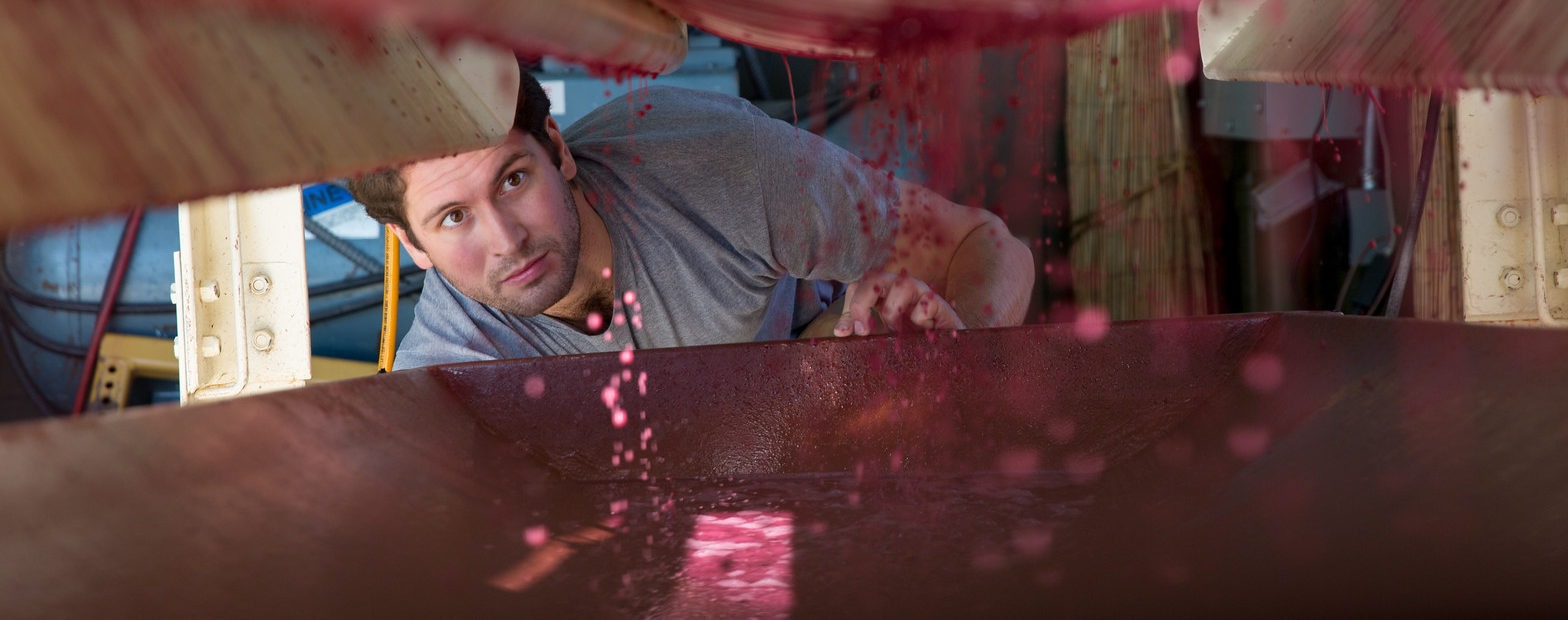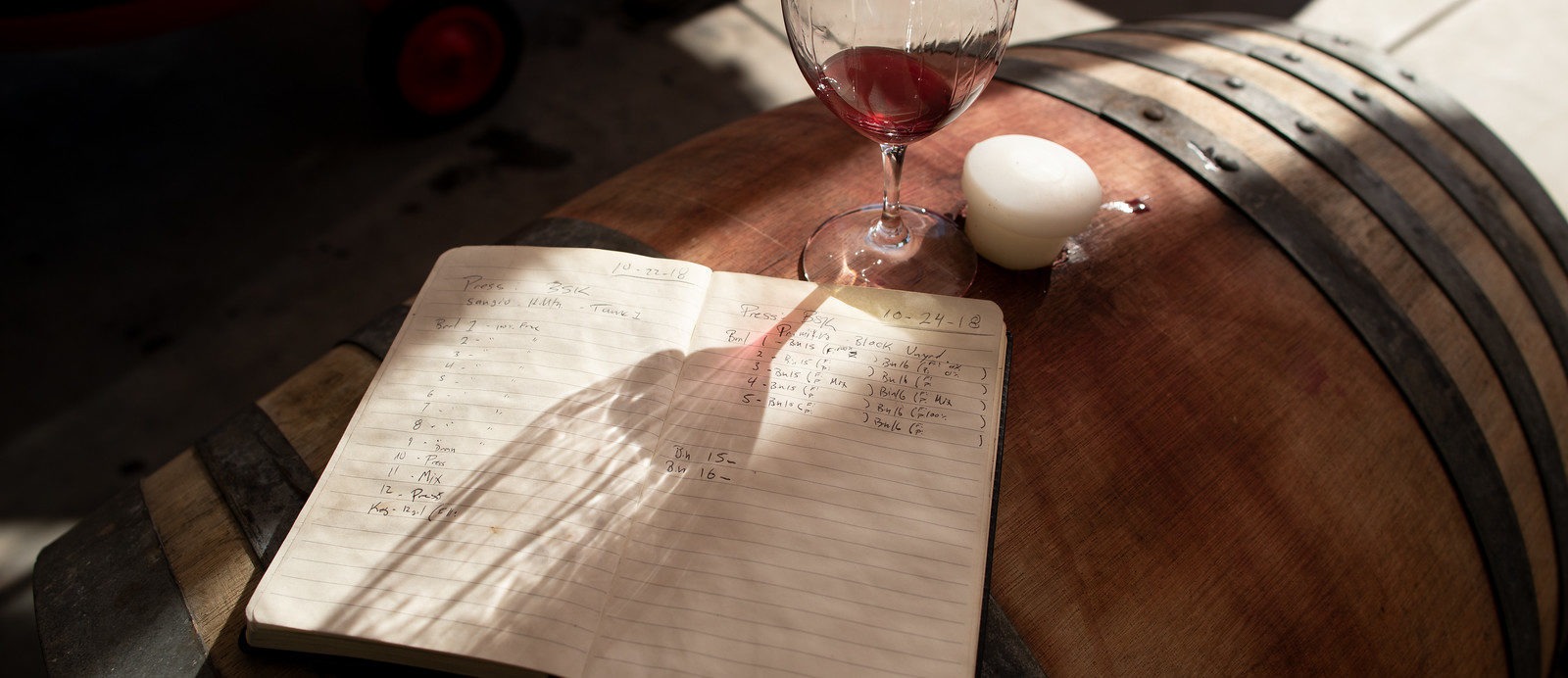
WINEMAKING
In 1999, Ridge was in New York having dinner at the bar of an Italian restaurant with the chef, who was one of our first and most enthusiastic olive oil customers. He offered Ridge a glass of 1994 Paolo Bea Sagrantino di Montefalco — and changed the very course of our lives forever.
Swirl… sniff… taste… repeat…
“I’m going to plant this grape and make this wine.”

Those first vines we planted were right at home — Mediterranean varietals in our Mediterranean climate — and clearly happy. The fruit was always delightful, but it was the 2008 harvest that transformed how we think about our wines.
That was the year we decided to fully trust Nature, eschewing “modern” viticulture and winemaking techniques and pursuing a path more like what we’d been doing for over a decade with our olive oil — and what the great wineries of Europe have been doing for ages.

Today, we strive to keep our vineyards wild, with a diverse undergrowth that harbors beneficial insects, enriches the soil, and protects the microbiology below.
We decide when it’s time to harvest based more on flavor and mouthfeel, rather than by chemical analysis.
Wine isn’t science; it’s art.

In the winery, we rely on the native yeasts growing in and on the grapes themselves to ferment the juice into wine — a notable departure from the typical practice of inoculating the must with commercial yeasts.
We choose to rest our wines in well-aged, neutral oak barrels, because we’ve learned that oak tannins actually detract from the flavor of the wine.
The result is wines that consistently reflect the unique characteristics of each variety, each vineyard, and each vintage.

